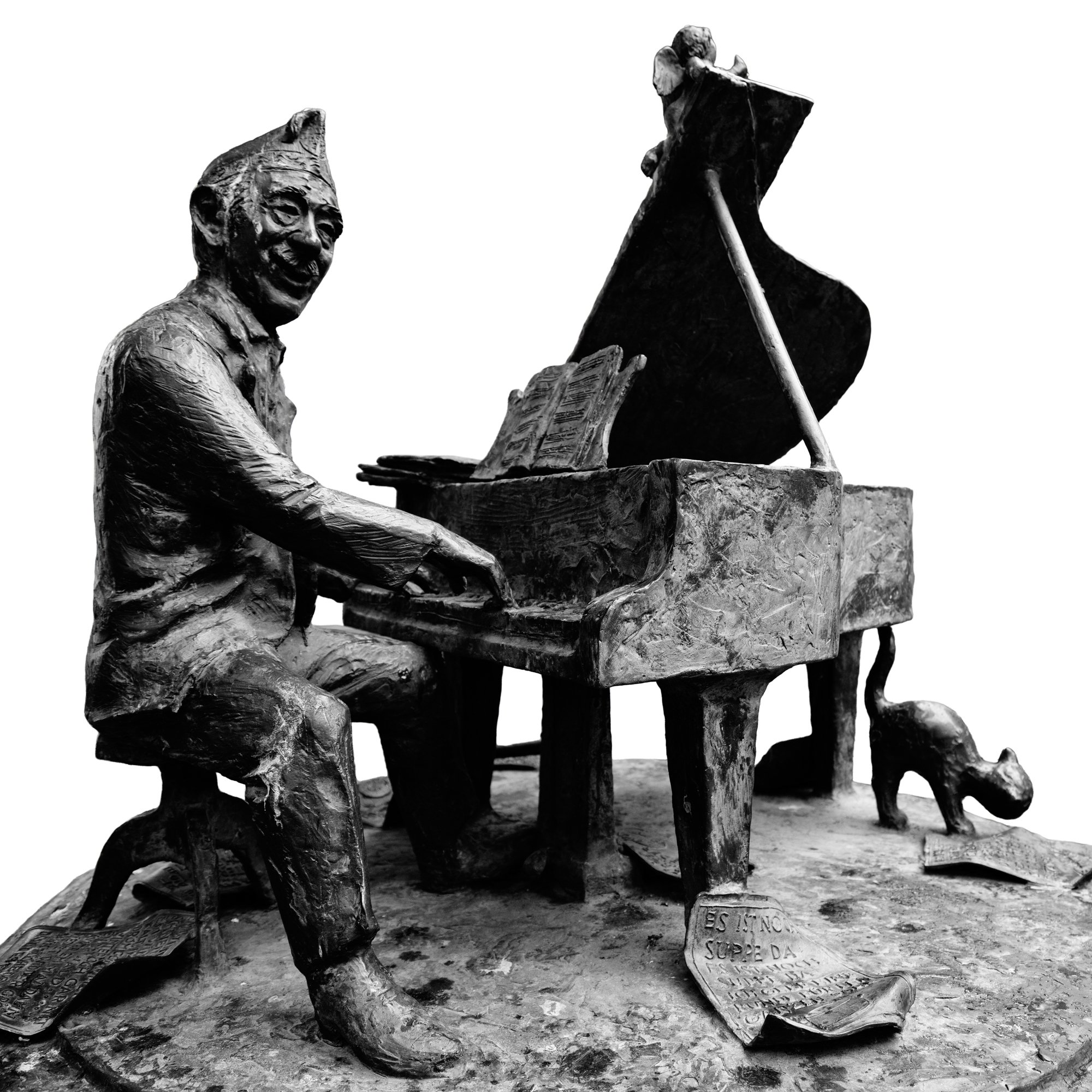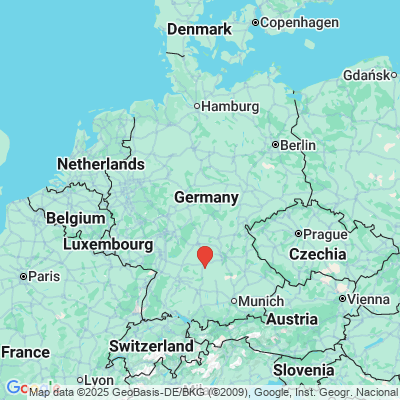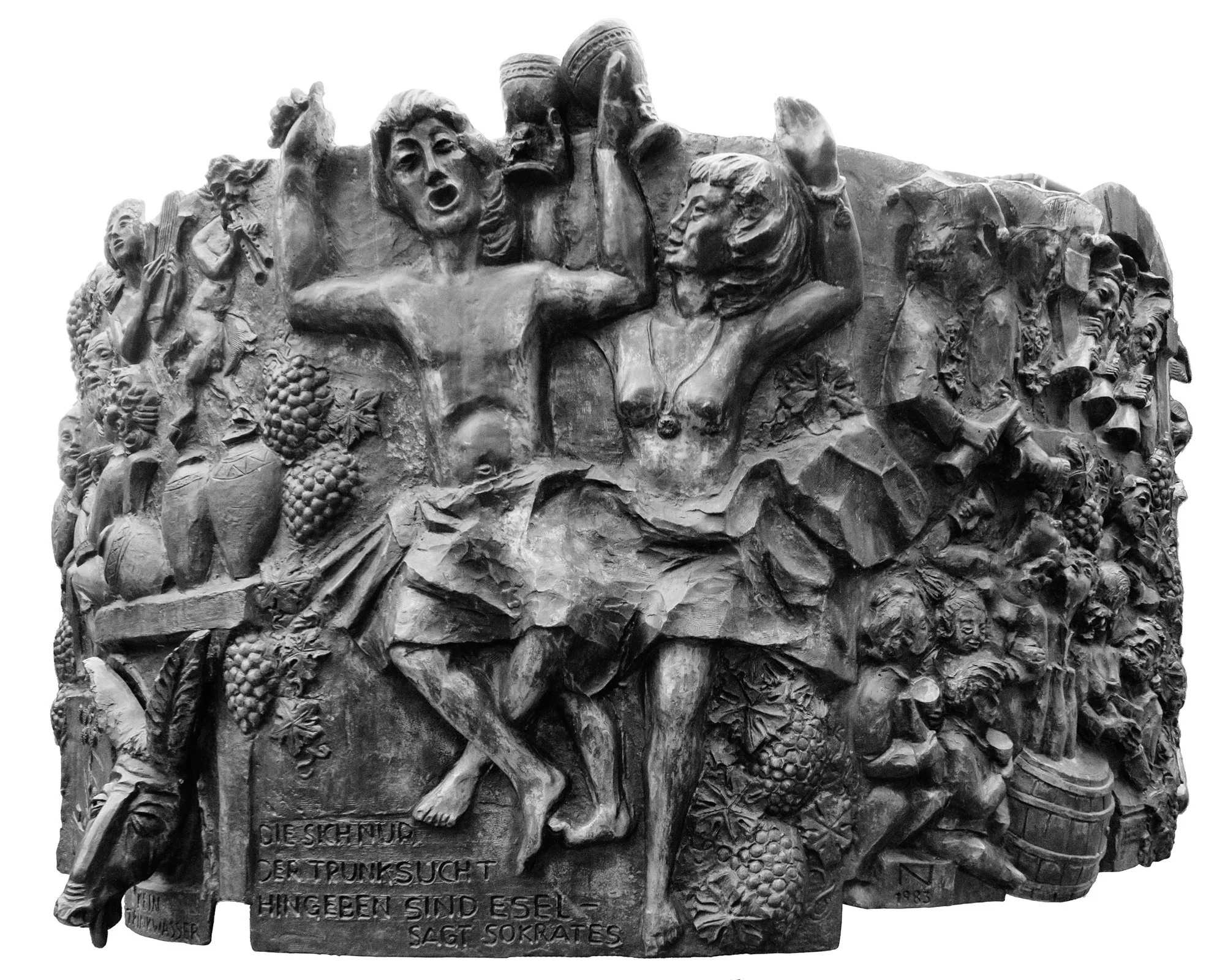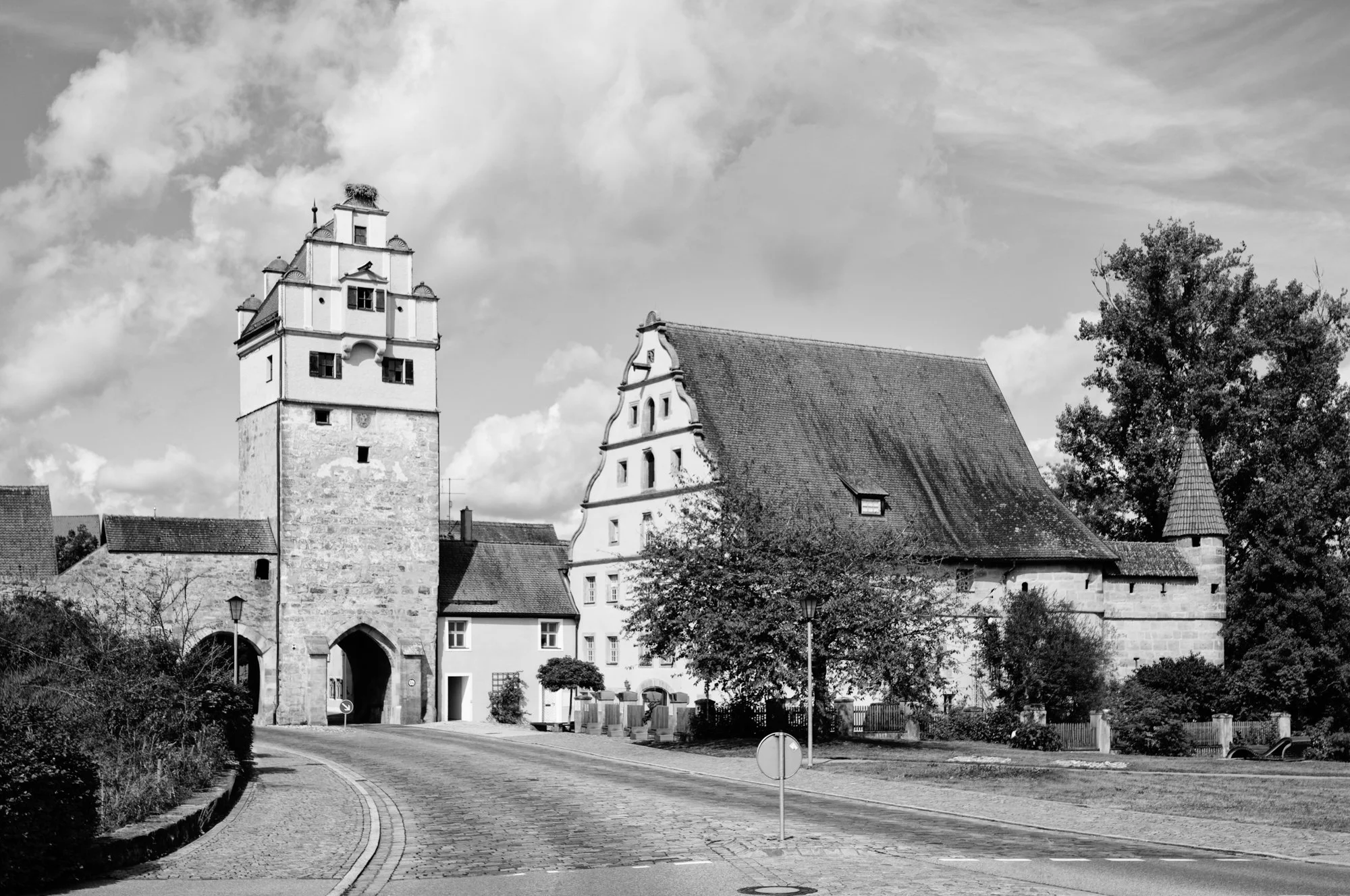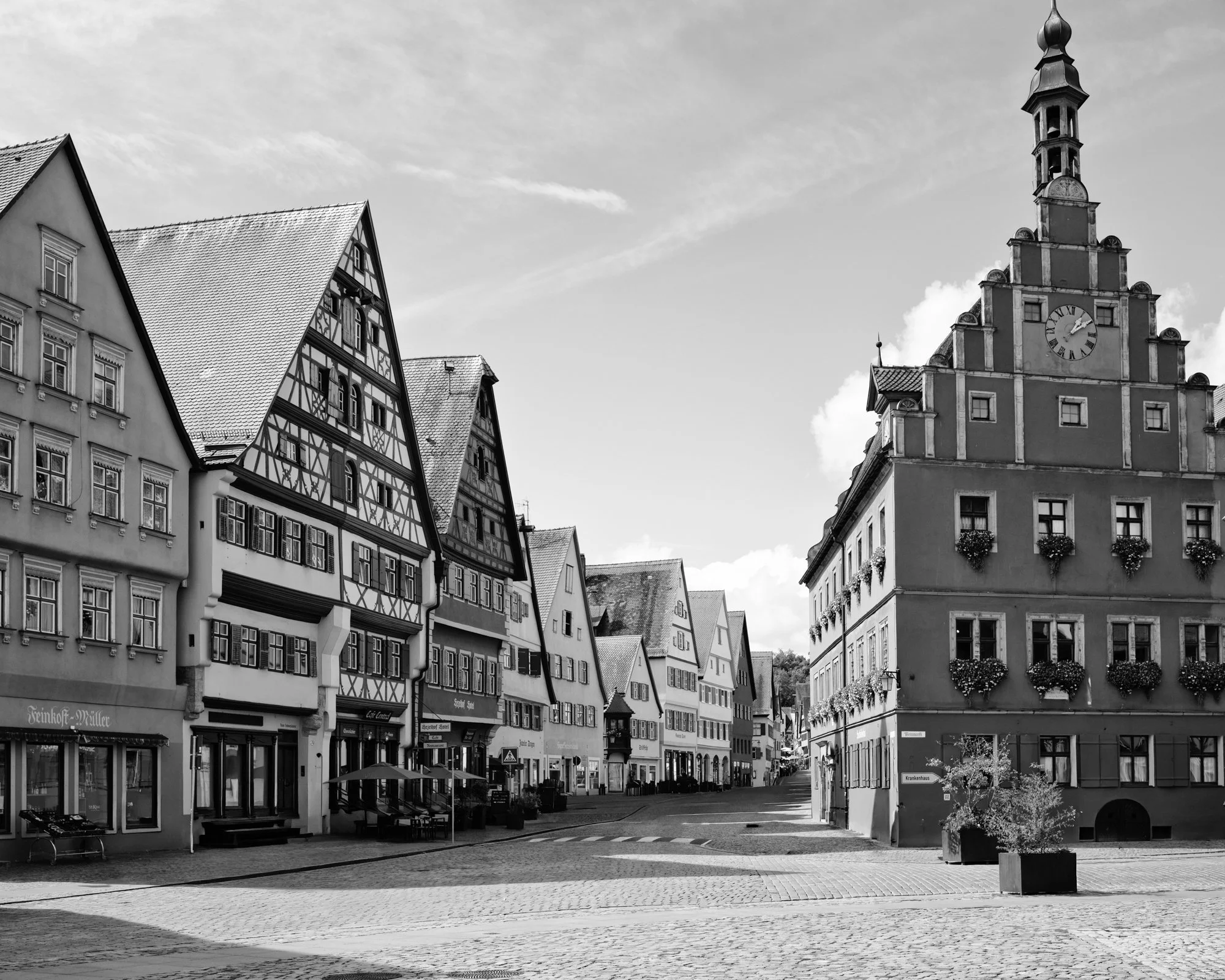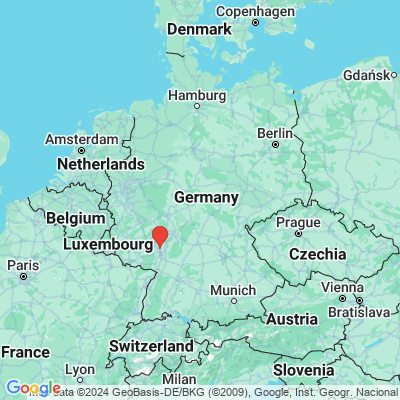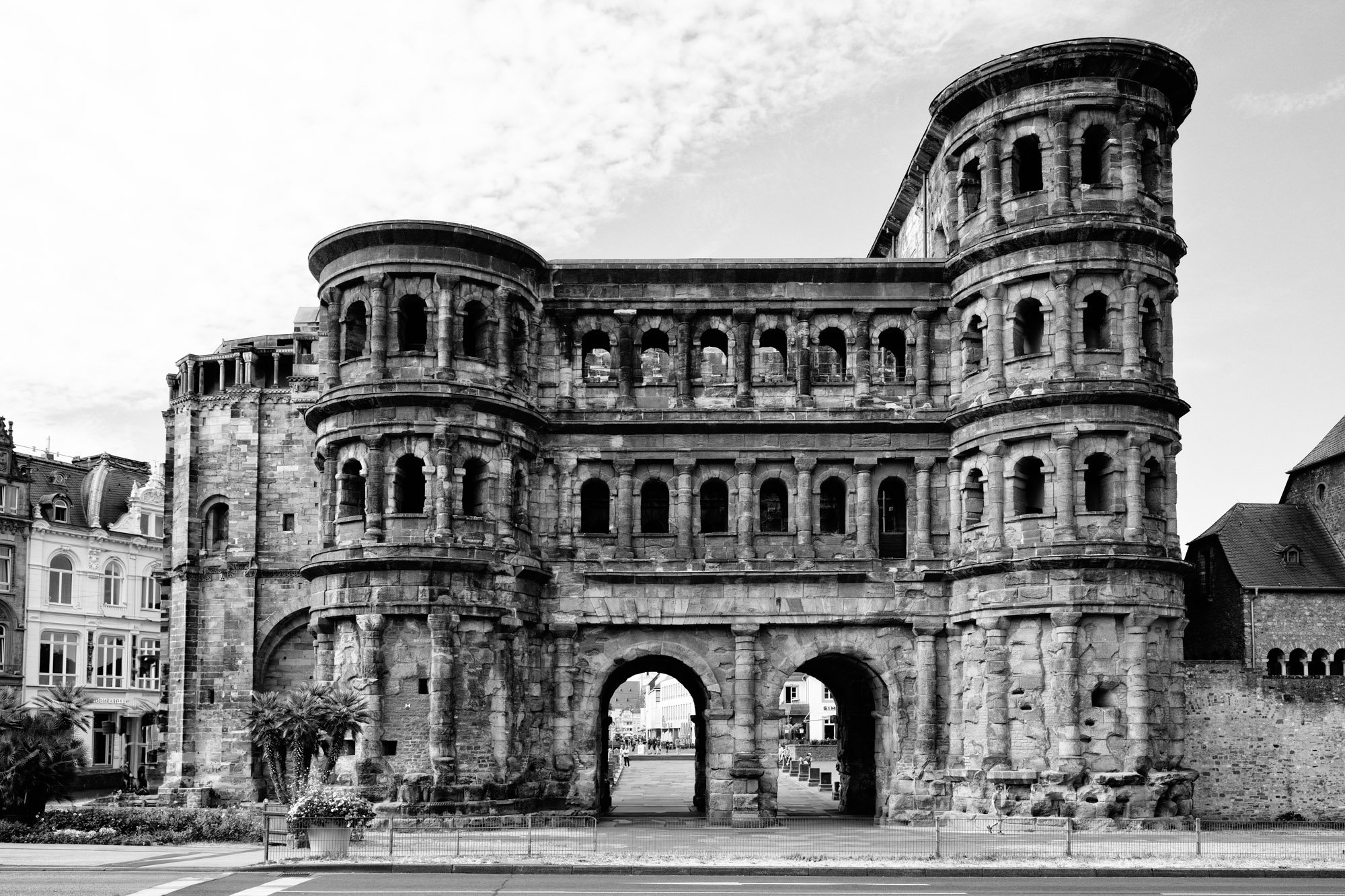Picture a packed Kneipe on a cold February night. Paper streamers cling to the lamps, Kölsch glasses clink, and a small man with a quick grin slides onto the piano bench. Two chords—bright as confetti—and the room knows what’s coming. That’s Jupp Schmitz: songwriter, showman, and the heartbeat of Cologne’s carnival stage for half a century.
Schmitz grew up at the keyboard—first as a silent-cinema pianist, then as a dance-band entertainer who understood exactly how to turn a room into a chorus. After the war he gave the country a wink and a melody it couldn’t stop humming: “Wer soll das bezahlen?”—a cheeky anthem for wallets running on fumes. And every year he pressed the calendar’s reset button with “Am Aschermittwoch ist alles vorbei”—the bittersweet hymn that closes Carnival and hands the city gently to Lent.
“Wer soll das bezahlen? Wer hat so viel Geld? Wer hat so viel Pinke-Pinke?”
His secret wasn’t just catchy tunes; it was the way he wrote with the audience. Call-and-response refrains, words that sit perfectly on the tongue, humor warm enough to melt February—Schmitz didn’t perform at people; he performed through them. On the big stages like the Gürzenich or in cramped pubs along the Rhine, he was always the same: hat tipped, eyes sparkling, fingers tumbling over the keys while the crowd sang itself hoarse.
Listen today and you still hear Cologne in his songs: generous, a little mischievous, never far from a joke or a hug. Long after the last costume is packed away, Schmitz’s melodies keep the city’s smile switched on—proof that sometimes the most enduring monuments are made of chorus lines and laughter.

